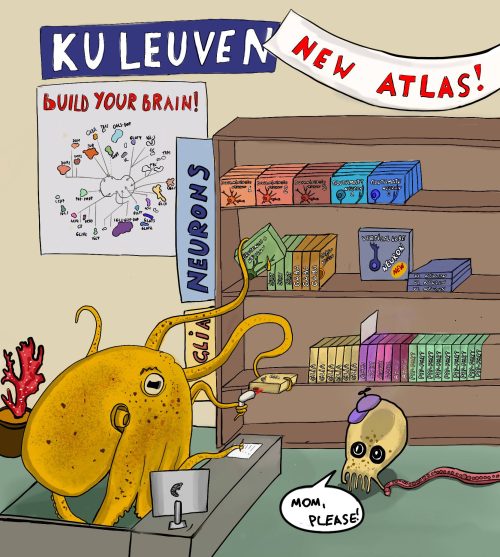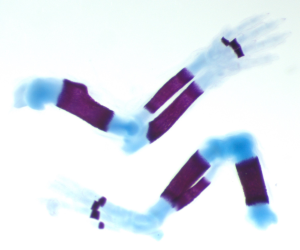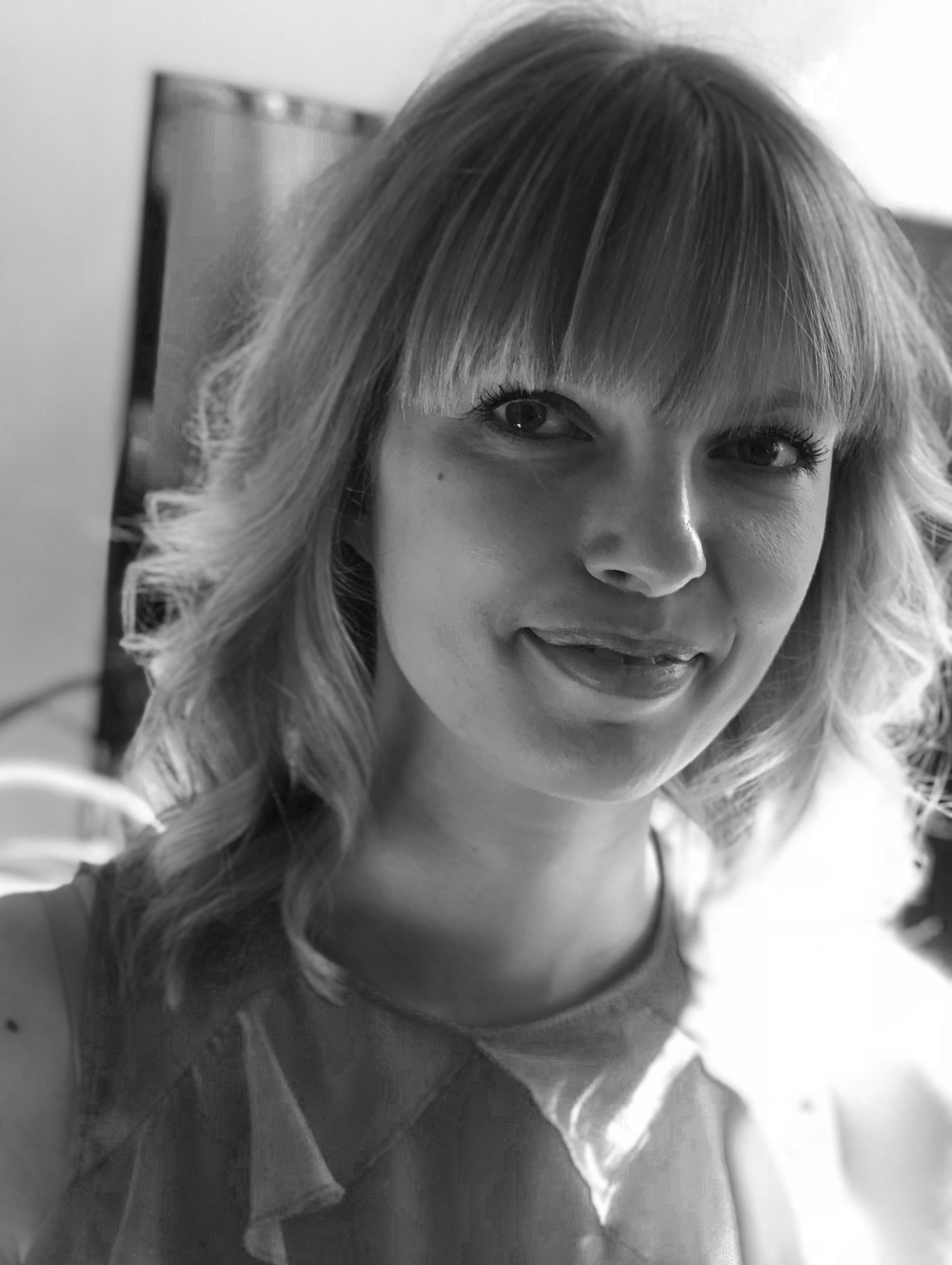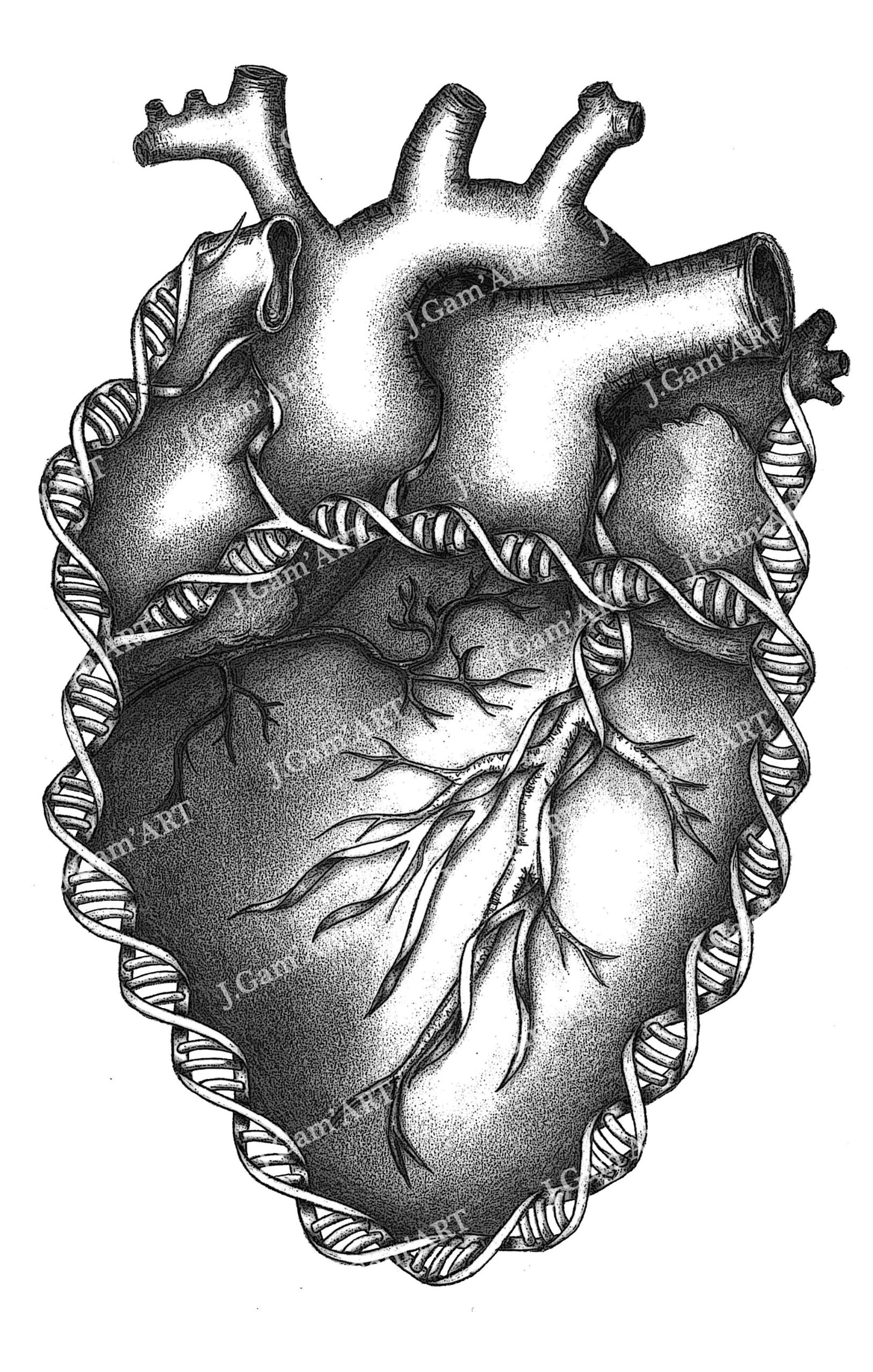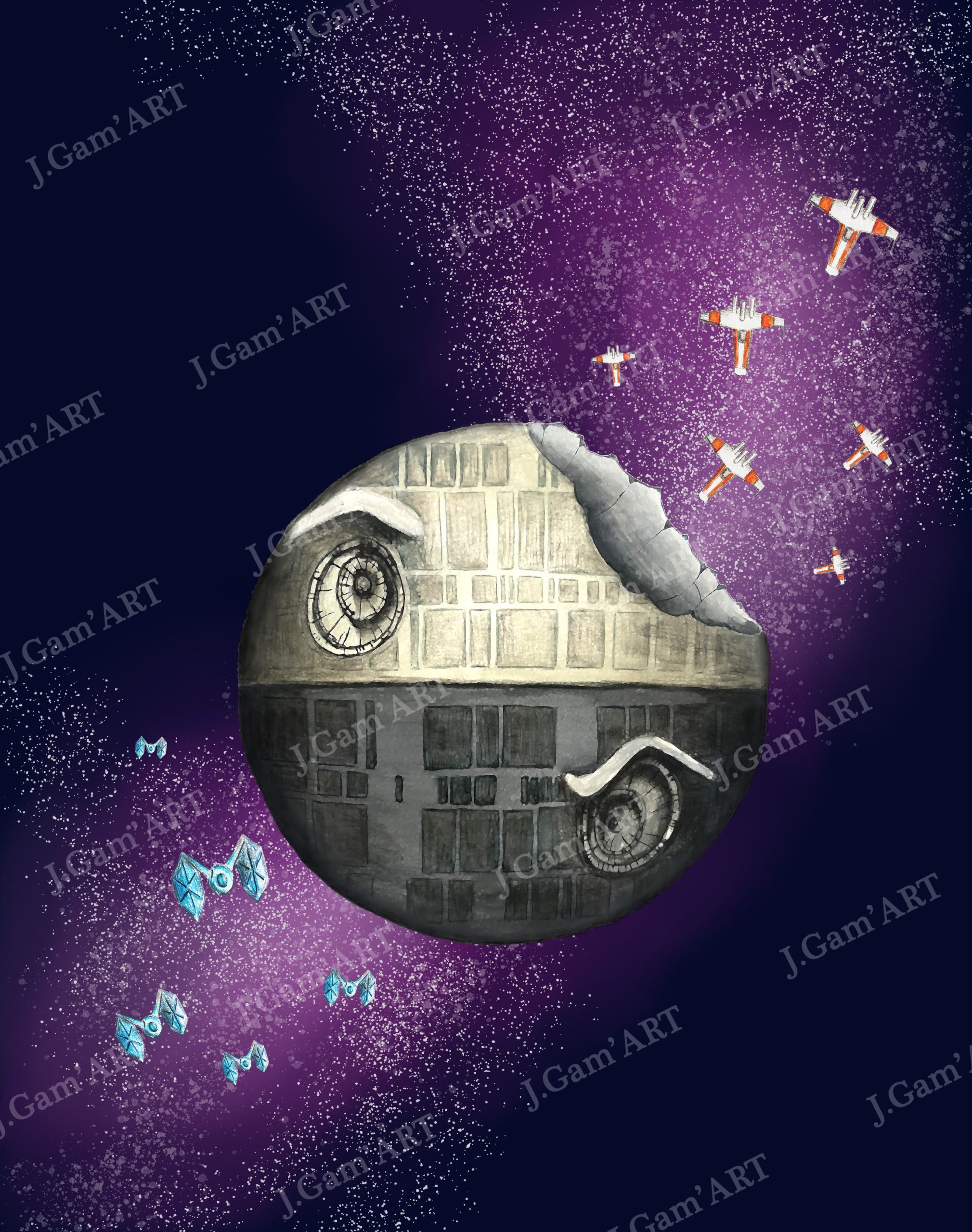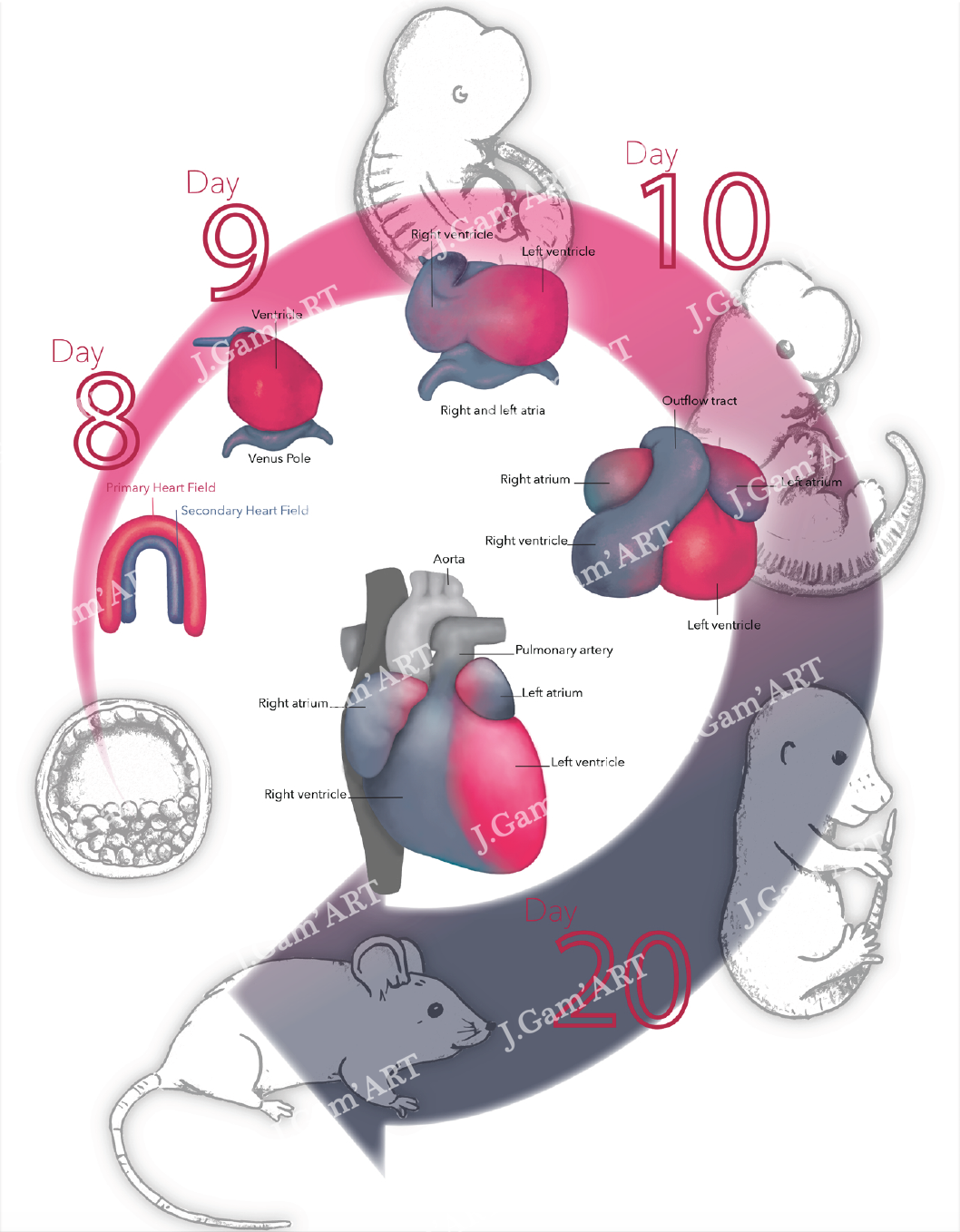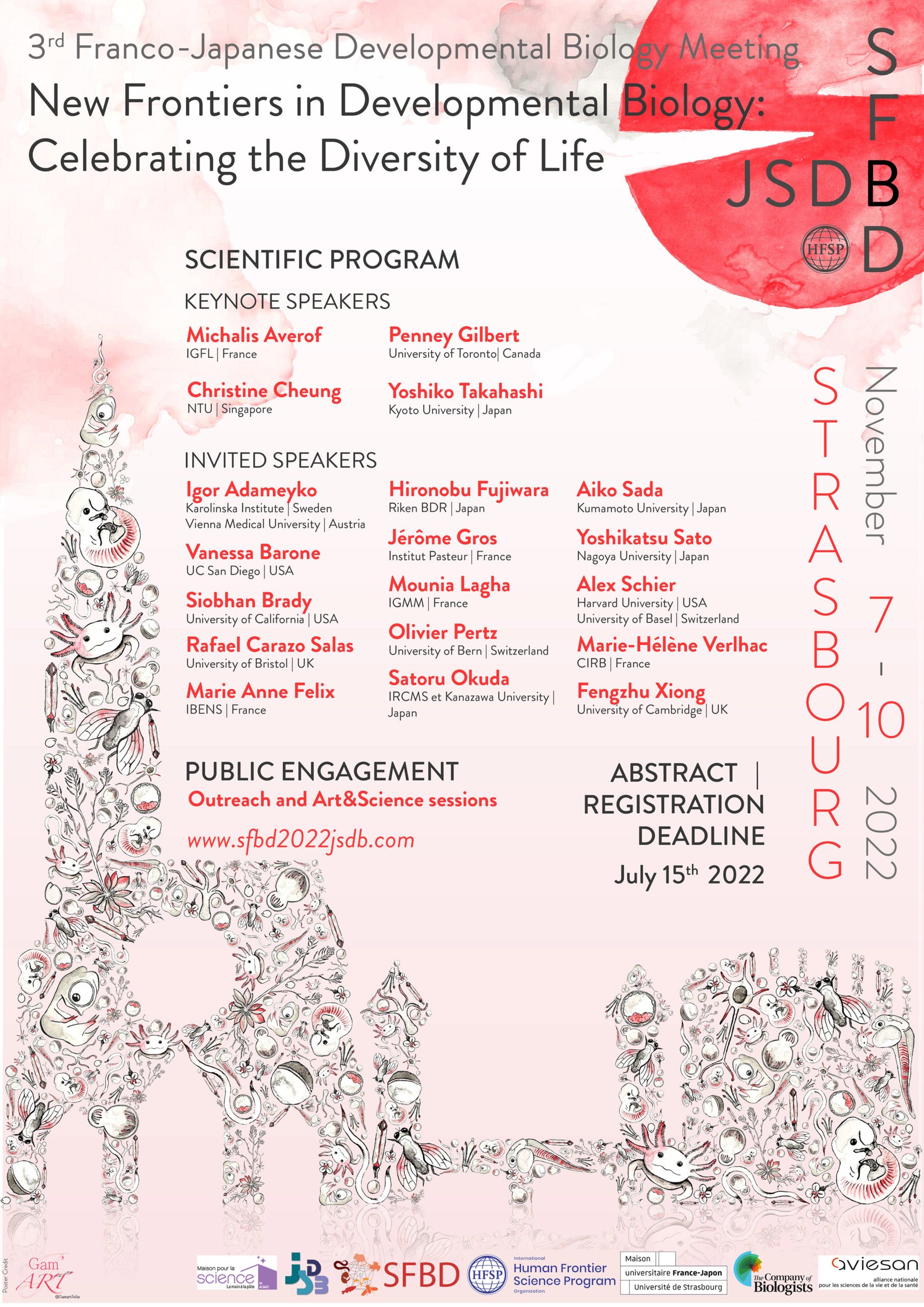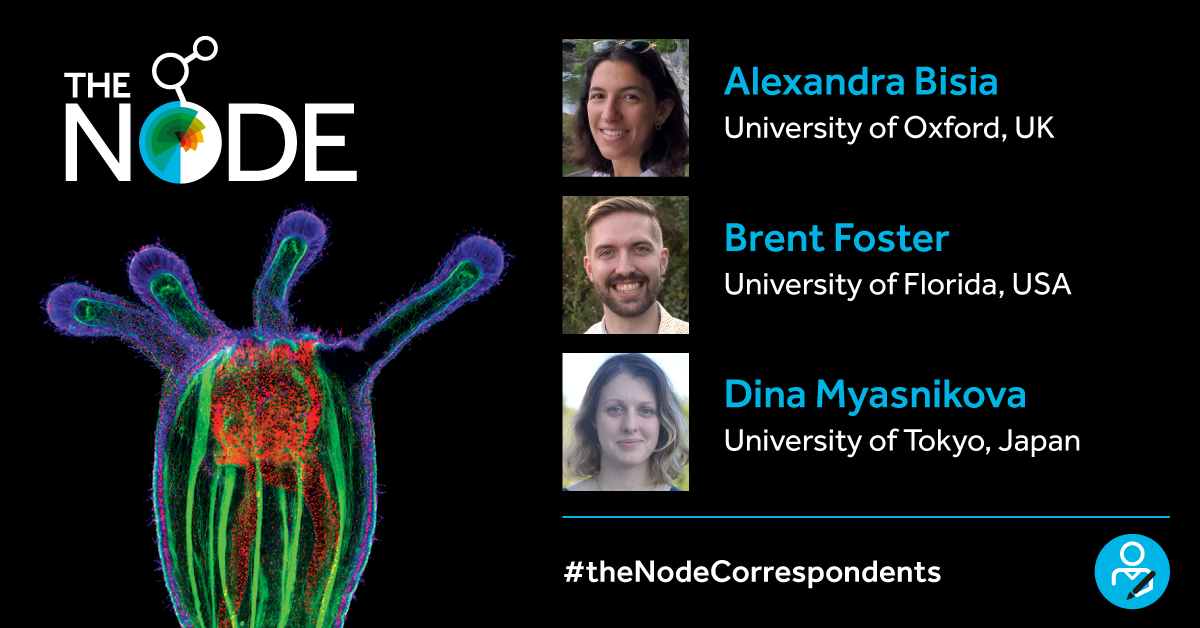Periodic inhibition of Erk activity drives sequential somite segmentation
Posted by Ertugrul Ozbudak, on 23 February 2023
Node Blog: Behind the Paper Story
Clocks, gradients and segmentation
Muhammed Simsek, Ertuğrul Özbudak and colleagues have discovered that oscillations in the ppErk gradient, driven by the Her1-Her7 oscillator, is sufficient for sequential segmentation during zebrafish somitogenesis. Muhammed, Angad, Didar and Ertuğrul share the story behind their research, which was recently published in Nature.
How did you get started on this project?
E.M.Ö.: We are broadly interested in the mechanisms governing spatiotemporal control of somite segmentation. Sequential formation of those embryonic tissues is a landmark example of developmental pattern formation. How this process is controlled in space and time has long been debated. In this project we aimed to tackle this long-standing question. To put it in a framework, maybe I should give a brief description of the field’s status quo first.
Yes, please…
E.M.Ö.: Among its alternatives, the clock and wavefront (CW) model dominated the field and became the textbook model as some evidence suited this model the best. The CW model was initially proposed approximately 50 years ago1. Seminal works by the Olivier Pourquie’s lab, who was my second postdoctoral mentor, identified critical molecular players controlling somite segmentation. Although the dynamics of discovered segmentation clock genes2 and signalling gradients3 were different than how they were envisioned in the original CW model, Olivier noticed that his discoveries could be better explained by an updated version of the CW model than other competitive conceptual models in the field. Therefore, he updated the CW model to its current form in the textbooks4. According to this later version of the CW model (let’s call it CWL, L for later), a molecular clock controls the period of segmentation while posteroanterior FGF/ppERK and/or Wnt/β-Catenin gradients determine the positions of segment boundaries. According to the CWL model: (1) the clock and the gradient act independently, (2) how cells integrate their information is unknown, (3) the gradient passively moves over cells posteriorly by tail elongation, is static in the tailbud frame, and provides positional information at a concentration-threshold.
Where did the CW model fall short of explaining things?
E.M.Ö.: While I was completing my first postdoctoral study in the late Julian Lewis’s lab, Kageyama lab published a seminal paper showing that ppERK gradient is not static but rather its amplitude (peak levels) and spatial range oscillates in the mouse PSM by carefully sorting static ppERK immunostaining data5. This clearly violated the static gradient and smoothly regressing wavefront of the CWL model. It was also counterintuitive that an oscillatory gradient could reliably encode positional information at concentration-thresholds. We (Julian and Ertuğrul) were disturbed with the implications of new findings; other colleagues in the field might have shared the same feelings. Additional data, specifically from Aulehla Lab, came out later that also did not seem to fit to the CW model. Although these results shook our trusts in the CWL model, a better model did not emerge.
One option to save the CWL model was to attribute the main wavefront function to the Wnt/ β-catenin gradient instead of the FGF/ppERK one. There is positive feedback between the FGF/ppERK and Wnt/β-Catenin gradients in the posterior PSM and perturbing the activities of each one changes the somite lengths. Wnt/ β-catenin gradient has not been shown to oscillate yet. Thus, it is theoretically possible that Wnt/β-Catenin gradient (if it is not oscillating) directly encodes the positional information while the FGF/ppERK gradient affects somite lengths indirectly through the Wnt/β-Catenin gradient. Therefore, it was critical for us to first find out which gradient directly instructs positional information. This was the first project Muhammed undertook after joining my lab for postdoctoral training.
M.F.S.: I had joined the lab with exposure to cell culture and microscopy. So, I was working on developing a 3-D explant culture for near-objective imaging of zebrafish tails without yolk6. One day I accidentally noticed some explants had stopped their axis elongation but kept making smaller and smaller somites. Decoupling axis elongation from gradient dynamics, we had a perfect tool to test what “the positional information” was for somites. We published those results from both explants and whole embryos in our 2018 study7, which set the foundation of our recently published paper8. In the 2018 paper, we showed that FGF/ppERK gradient directly instructs positional information for somites while Wnt/β-Catenin indirectly influences somite boundaries by its coupling with the FGF/ppERK gradient. To our surprise, we also discovered this instruction however was not at a fixed concentration threshold of the gradient and was not cell-autonomous. Instead, cells compare their ppERK levels with their neighbours and boundaries are instructed when the neighbour comparison passes a critical ratio (the spatial fold-change, SFC). This is mathematically equivalent to local gradient slope divided by local ERK activity.
E.M.Ö.: After this work, several new questions emerged: (1) How could ERK activity universally encode positional information if its dynamics are not conserved among the vertebrates? (2) If it was conserved, that is if ERK activity had also oscillated in zebrafish like mice, how can this oscillatory gradient reliably encode positional information? (3) Why is this ratiometric (SFC) signal encoding utilized instead of a simple concentration-threshold (i.e., what’s the advantage of the SFC over concentration threshold)? (4)How the clock and ERK activity gradient are integrated? We reported our answers to these critical questions in the recently published paper.
Can you summarise your findings?
E.M.Ö.: In this work, we first showed that ppERK gradient is not static but rather oscillating in zebrafish as well. This points to a conserved ppERK dynamics among vertebrates. We then showed that ppERK oscillations are clock-dependent and that the clock, by periodically repressing ppERK levels, projects its oscillations on the gradient. Building upon this knowledge, we were able to create boundaries in clock mutant fish (these fish lack clock genes and hence no proper somite boundaries form) by artificially repressing ppERK levels in a periodic manner using pharmacological drugs. These results also broke a long-standing dogma in the field regarding the role of traveling waves of the segmentation clock, showing that they are dispensable for the somite formation. Crucially, it resolved the hierarchy of the somitogenesis network. Unlike the CW model proposed, the clock actually works upstream of FGF signalling. Our results further showed that as long as ERK activity is periodically repressed somite boundaries can be formed.
When doing the research, did you have any particular result or eureka moment that has stuck with you?
A.S.C.: For an aspiring young scientist like me, it was the use of systems approach to resolve this decades old problem of pattern formation. Taking part in this project, I closely witnessed the power of systems approach in teasing out the working principles of nature. Especially, when Ertuğrul and Muhammed came up with an experiment to test if the clock’s only role in boundary formation is to periodically repress ERK activity. At first, I was not able to believe the results but once repeated, it was an eureka moment for me. While reading the stories of discoveries, I was always amazed by the feeling that there were secrets of nature known only to the researchers. Working on this project gave a me a taste of how that felt.
M.F.S.: We first simulated this pulsatile drug inhibition idea to see if imitating the clock’s action with drugs was really feasible. Affirmative outcome was a big motivation for experimentally searching for the optimal treatment regimen. Those days were joyful that I was seeing chevron shape somite boundaries even in clouds and kept spamming lab’s chat group with pictures of drug-induced somites.
D.S.: As a graduate student in biology with a background in physics, I am trained to use math to derive answers in physics and my curiosity brought me into biology where most complex molecular mechanisms take place. While working on this project, it was amazing to see how the predicted dynamics was emerging bit by bit from every experimental data. I was blown-away seeing how mathematical modelling can predict the function of biological signalling pathways in developing embryo.
And what about the flipside: any moments of frustration or despair?
M.F.S.: The dynamics we were quantifying were quite fast that not having a live ERK activity reporter to capture it was kind of frustrating. I think Angad did a perfect job at implementing kinase translocation reporters developed for ERK signalling to generate a zebrafish line. It was satisfying to see the cytoplasmic localization of the live reporter was perfectly capturing underlying ppERK gradient.
A.S.C.: Live imaging of double reporter (the segmentation clock and ERK activity) was quite challenging. Segmentation and tracking of single cells of presomitic mesoderm (PSM) was turning out to be an impossible task, given that cells are quite dynamic, motile and have relatively large nuclei. Muhammed and I had to manually verify each software-tracked cell.
Where will this story take the lab?
E.M.Ö.: One big question remained in this work was how the clock molecularly and mechanistically regulate the ERK activity. It is quite surprising that the clock, known as a bHLH family transcriptional repressor, can lower ppERK levels quite speedily. We are currently working on this aspect of the problem. Another direction is discovering the decoding mechanism that cells use to understand SFC dynamics and execute the boundary-making decision.
What is next for you after this paper?
E.M.Ö.: Muhammed is looking for a place to establish his own lab where he will work on similar problems. Others in the lab will continue working on non-overlapping problems.
M.F.S.: I want to understand the design principles behind how position is sensed in embryos and why sequential segmentation is so widespread in animal body plans. Somitogenesis has been and will continue to be my main sandbox to play with those ideas.
A.S.C.: This work has furthered my interest in science and especially about those moments when you are one of the lucky few whom nature reveals how it works. I feel more very passionate to finish my own projects which also deals with similar fundamental questions.
D.S.: This project has been a fascinating experience for me to see the conference of biology and mathematical modelling which motivates me to further understand how embryos form spatiotemporal patterns by encoding and interpreting biological signals in real-time.
REFERENCES
1. Cooke, J. & Zeeman, E. C. A clock and wavefront model for control of the number of repeated structures during animal morphogenesis. J Theor Biol 58, 455–476 (1976).
2. Palmeirim, I., Henrique, D., Ish-Horowicz, D. & Pourquié, O. Avian hairy gene expression identifies a molecular clock linked to vertebrate segmentation and somitogenesis. Cell 91, 639–648 (1997).
3. Dubrulle, J., McGrew, M. J. & Pourquié, O. FGF signaling controls somite boundary position and regulates segmentation clock control of spatiotemporal Hox gene activation. Cell 106, 219–232 (2001).
4. Hubaud, A. & Pourquié, O. Signalling dynamics in vertebrate segmentation. Nat Rev Mol Cell Biol 15, 709–721 (2014).
5. Niwa, Y. et al. The Initiation and Propagation of Hes7 Oscillation Are Cooperatively Regulated by Fgf and Notch Signaling in the Somite Segmentation Clock. Dev Cell 13, 298–304 (2007).
6. Simsek, M. F. & Özbudak, E. M. A 3-D Tail Explant Culture to Study Vertebrate Segmentation in Zebrafish. Journal of Visualized Experiments 2021, e61981 (2021).
7. Simsek, M. F. & Özbudak, E. M. Spatial Fold Change of FGF Signaling Encodes Positional Information for Segmental Determination in Zebrafish. Cell Rep 24, 66-78.e8 (2018).
8. Simsek, M. F. et al. Periodic inhibition of Erk activity drives sequential somite segmentation. Nature 613, 153–159 (2023).


 (1 votes)
(1 votes)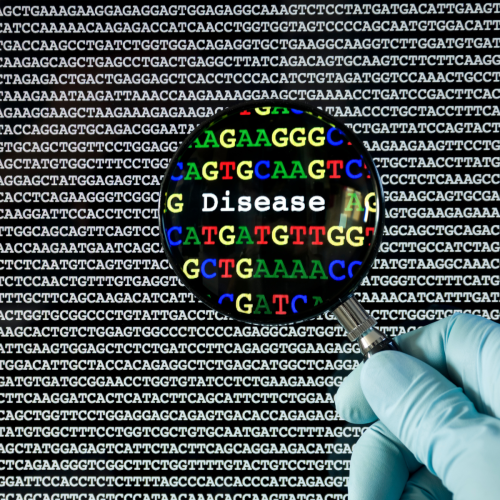
 (No Ratings Yet)
(No Ratings Yet)